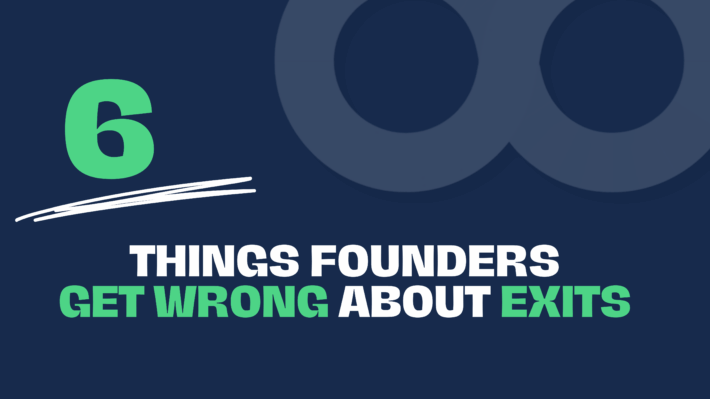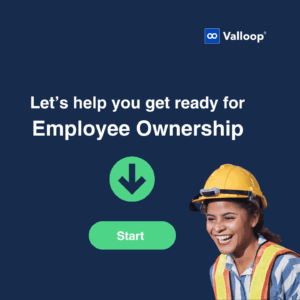The Role of Senior Leadership: Navigating a New Culture

The Changing Face of Leadership
Let’s look at the exciting and crucial role of the senior leadership team in supporting and nurturing a more inclusive and transparent culture.
Traditionally, leadership has been associated with top-down authority and decision-making. However, lately we have seen the dynamics shift. Leadership needs to adapt to a more collaborative, inclusive and participative role.
Here are some ways to transform your leadership:
Participation: Leaders need to become facilitators of a decision-making processes that include employees at various levels. Encourage open communication, listen to diverse opinions, and ensure that employees have a voice in shaping the company’s direction.
Transparency: Transparency is the cornerstone of successful leadership. Leaders must be committed to sharing strategic plans with the entire employee group. This transparency encourages trust and accountability.
Mentor and Coach: Leadership involves mentoring and coaching employees to take on more significant roles and responsibilities. Help develop the skills and knowledge necessary for employees to contribute effectively.
Exciting challenges faced by leadership
Transitioning to a new leadership model can present exciting challenges for leaders compared to traditional hierarchical structures. These may include:
Facilitating and promoting change: Employees will need to understand how the company is going to change for the better and be reassured by leadership that the change will help to ensure a more prosperous future.
Listening to different interests: Leaders must listen to the interests of the employees and other stakeholders, such as investors and customers. This will help them in their decision making and be more inclusive to all parties.
Enhanced communication: Leaders will need to find effective ways to ensure that employees have access to information, and they are transparent with everyone. This is an opportunity to learn new skills or appoint a Communications Lead.
Strategies for successful leadership
Leaders might want to implement strategies that align with the new model of inclusivity. Here are six they can implement quickly:
- Education and training: Provide thorough education and training on the principles of being more inclusive and transparent. This could includes financial literacy and understanding more commercial elements of the business model fior example
- Clear governance structure: Establish a well-defined governance structure that outlines decision-making processes and the roles and responsibilities of leaders and employees. Clarity is essential for ensuring accountability.
- Collaborative culture: Create a workplace culture that encourages collaboration and open communication. Leaders can organise regular meetings and feedback sessions to involve employees in important decisions.
- Incentive Programs: Develop an incentive program that aligns employee interests with the company’s success. This will be extremely beneficial and can motivate employees to work towards common goals.
- Continuous feedback loop: Implement systems for ongoing feedback. Regularly seeking input and addressing concerns can help leaders stay in touch with the evolving needs and expectations of employees.
- Look at an Employee Ownership model: You may not have heard of this but at Valloop we’re supporting senior leaders and employees to transition and providing a platform to do this.
The transition to an employee ownership model represents a significant shift in the way leadership operates and incorporates. While the challenges are real, the rewards can significantly outweigh them, helping to create a more engaged, committed, and motivated workforce.
For more information about employee ownership take a look at our simple process here.





